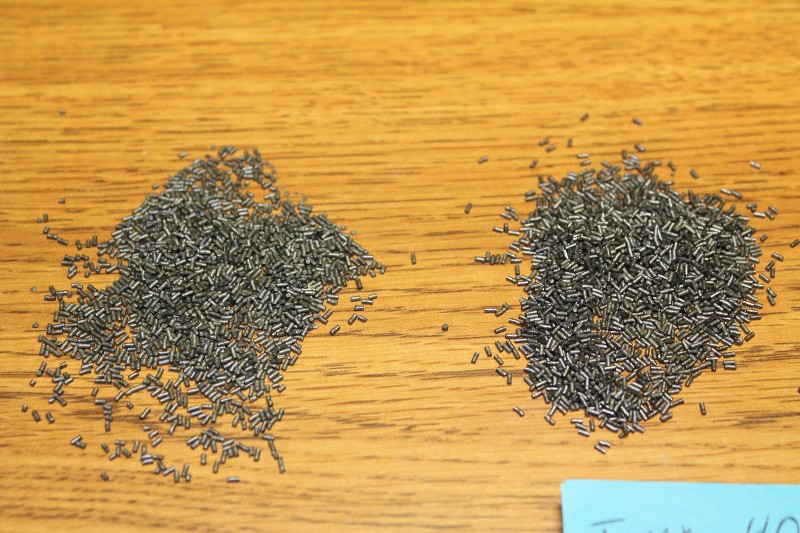Paddycakes
Inactive
Hey all, second thread on the boards. I posted asking about a hunting round I am building up and received some great responses. Now to the meat of it I suppose...
Sierra Match 168gr HPBT on Norma brass.
In advance, I do not shy away from leg work. However, I have found that in any venture the closer one starts to a desired result the sooner one attains it, even if the race is from the outskirts of a circle towards an unknown center as opposed to a line from start to finish. Point in case, when I know I truly want to do something I get the right stuff for it right away. I learned that lesson as a musician after spending years and thousands of dollars on equipment that was not top of the line, only to have to buy the good stuff down the road to get the sound I truly wanted. It is that way for me with loading bullets. Instead of buying a starter kit, I went ahead with the Redding T7 turret press and Redding Competition Bushing Die set, as well as the Type S bushing Full Size die, the Redding 3BR powder measure, and a host of other necessary mid to upper shelf items which I enjoy immensely for their quality of build and versatility and precision of use.
The rifle for which I am loading is a Tikka T3 lite in 308WIN, with an 11-1 twist 22 and 5/8" inch barrel. I am guessing that many of you may own a Tikka T3 of some sort as they are becoming more and more popular. I am hoping that some of you own the very rifle I do, and that a few of that some really enjoy loading 168gr HPBTs for accuracy shooting in the 300 to 500 yard range. To those few I digress...
Here are the powder choices: Hodgdon Benchmark, Hodgdon H4895, Hodgdon H335, Varget, IMR 4895, IMR 4064, and Ramshot TAC.
The bullet is the standard Sierra 168gr HPBT and the brass is Norma.
I'd like to know what combos work well for you. I would love very much to build up a few round sets around your favorite data and see if anything sticks to my particular rifle.
In the words of John Cleese from rat race (and I don't at all mean to seem demanding)...
"GO"
Sierra Match 168gr HPBT on Norma brass.
In advance, I do not shy away from leg work. However, I have found that in any venture the closer one starts to a desired result the sooner one attains it, even if the race is from the outskirts of a circle towards an unknown center as opposed to a line from start to finish. Point in case, when I know I truly want to do something I get the right stuff for it right away. I learned that lesson as a musician after spending years and thousands of dollars on equipment that was not top of the line, only to have to buy the good stuff down the road to get the sound I truly wanted. It is that way for me with loading bullets. Instead of buying a starter kit, I went ahead with the Redding T7 turret press and Redding Competition Bushing Die set, as well as the Type S bushing Full Size die, the Redding 3BR powder measure, and a host of other necessary mid to upper shelf items which I enjoy immensely for their quality of build and versatility and precision of use.
The rifle for which I am loading is a Tikka T3 lite in 308WIN, with an 11-1 twist 22 and 5/8" inch barrel. I am guessing that many of you may own a Tikka T3 of some sort as they are becoming more and more popular. I am hoping that some of you own the very rifle I do, and that a few of that some really enjoy loading 168gr HPBTs for accuracy shooting in the 300 to 500 yard range. To those few I digress...
Here are the powder choices: Hodgdon Benchmark, Hodgdon H4895, Hodgdon H335, Varget, IMR 4895, IMR 4064, and Ramshot TAC.
The bullet is the standard Sierra 168gr HPBT and the brass is Norma.
I'd like to know what combos work well for you. I would love very much to build up a few round sets around your favorite data and see if anything sticks to my particular rifle.
In the words of John Cleese from rat race (and I don't at all mean to seem demanding)...
"GO"

